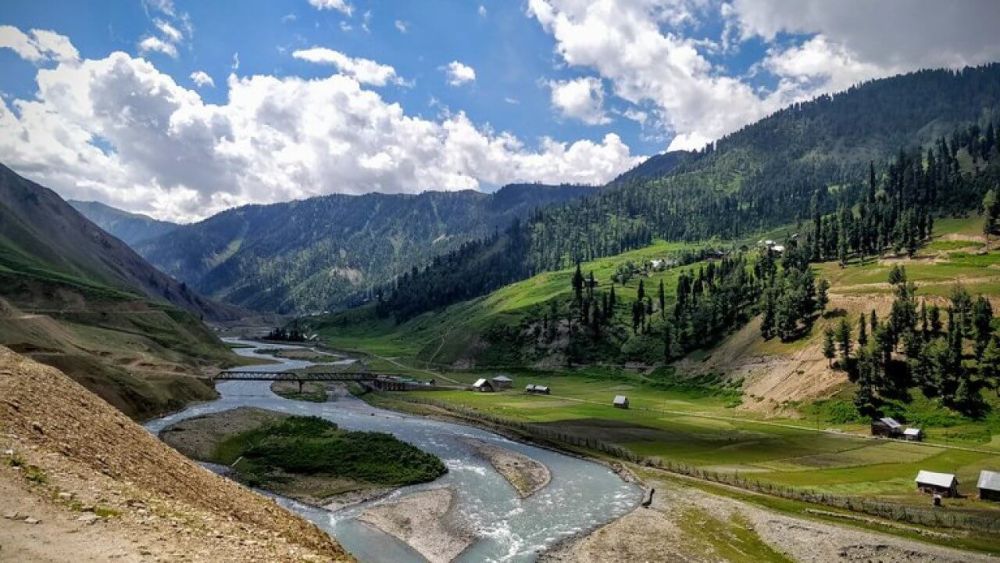

Gurez Valley is an enchanting valley located in the high Himalayas, approximately 123 kilometers from Srinagar in Kashmir, India. This secluded haven, surrounded by snow-capped mountains and graced by the serene flow of the Kishanganga River, remained largely undiscovered by mainstream tourism for many years, primarily due to its geographical isolation and political sensitivities as it lies near the Line of Control between India and Pakistan.
Tourism in Gurez Valley has a history that is punctuated by periods of obscurity and rediscovery. Historically, Gurez served as an important stopover on the ancient Silk Route, facilitating trade between the diverse civilizations of the subcontinent and Central Asia. However, as new trade routes emerged and political borders were established, the valley’s significance diminished over time.
It wasn't until the late 20th and early 21st centuries that tourism in Gurez began to slowly pick up. Adventurous travelers and trekking enthusiasts looking for untouched destinations found their way to this pristine valley. The local government, recognizing the potential of Gurez as a tourist hotspot, has since taken steps to promote the valley in a controlled manner, balancing the need for economic development with the preservation of its delicate ecosystem and unique culture.
In the recent past, there has been a growing trend towards eco-tourism and sustainable travel practices in Gurez Valley, reflecting a global shift in traveler preferences. Tourists are increasingly seeking connections with local cultures and looking for experiences that are environmentally responsible. Initiatives like community-run homestays have emerged, allowing visitors to immerse themselves in the authentic lifestyles of the Dard Shin indigenous communities while having a minimal ecological impact.
The latest trends in tourism in Gurez Valley involve adventure sports, cultural exchange, and nature-based activities. Despite its remote location, the valley sees a significant number of visitors during the summer months when the weather is pleasant and the valley is accessible.
Connectivity and Access: Access to Gurez Valley has been improving, with better road networks being developed. However, the area remains closed during the winter months due to heavy snowfall and is only accessible from June to September each year.
The future of tourism in Gurez Valley is promising but faced with challenges. The need for infrastructure must be balanced against the imperatives of ecological and cultural conservation. Responsible tourism is key to ensuring that the beauty of Gurez Valley can be sustained and shared with future generations.
Tourism development plans must be inclusive, involving local communities, and should promote awareness among visitors regarding the sensitive nature of the region’s environment and culture. With thoughtful planning and implementation, Gurez Valley is poised to become a premier destination for discerning tourists looking for a unique blend of adventure, tranquility, and cultural richness.